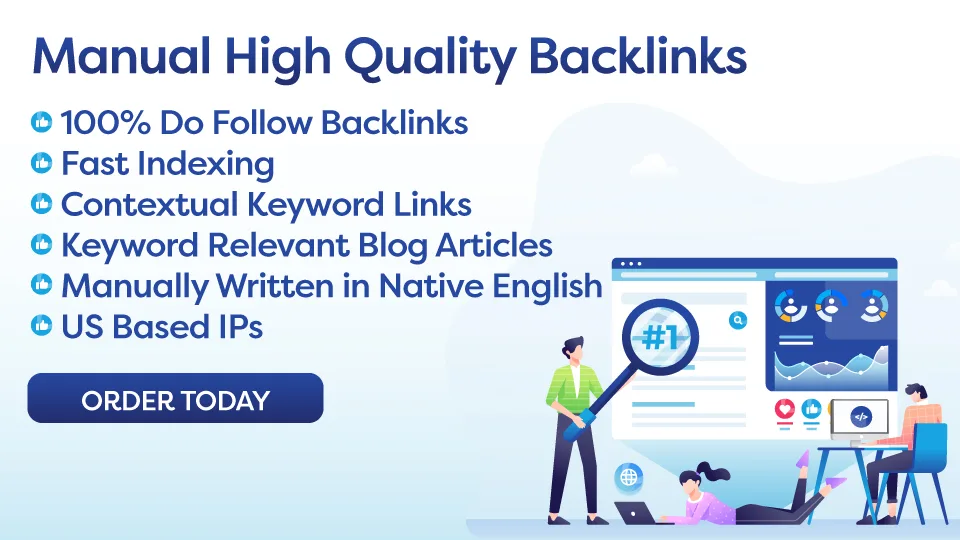On-page SEO: Optimizing for Success
In today’s digital age, having a strong online presence is crucial for any business or organization. With the vast amount of information available on the internet, it can be challenging for a website to stand out and attract the right audience. This is where on-page SEO comes into play. By mastering on-page SEO techniques, you can improve your website’s ranking on search engines and enhance the overall user experience.
What is On-page SEO?
On-page SEO, also known as on-site SEO, refers to the optimization of web pages to improve their search engine ranking and attract more relevant and organic traffic. It involves optimizing various elements on a webpage, such as content, title tags, meta descriptions, images, and internal links, to make them more appealing to search engines.
The Importance of On-page SEO
On-page SEO is a crucial part of any digital marketing strategy. It helps search engines understand the content and context of a webpage, making it easier for them to rank it for relevant keywords. By implementing on-page SEO techniques, you can improve your website’s visibility, credibility, and user experience, which can ultimately lead to increased traffic and conversions.
On-page SEO Techniques
1. High-Quality Content
The content on your website is one of the most critical factors for on-page SEO. It should be well-written, relevant, and informative. Including relevant keywords in your content can also help improve your website’s ranking. However, it is essential to avoid keyword stuffing, as it can have a negative impact on your website’s ranking.
2. Title Tags and Meta Descriptions
Title tags and meta descriptions are HTML elements that provide information about a webpage’s content. They appear in search engine results and can greatly influence a user’s decision to click on your website. It is crucial to include relevant keywords in your title tags and meta descriptions and make them compelling to attract users.
3. Image Optimization
Optimizing images on your website can also improve your on-page SEO. This includes using descriptive file names, alt tags, and title tags for images. This helps search engines understand what the image is about and can also help your website appear in image search results.
4. Internal Linking
Internal linking refers to linking to other pages within your website. This not only helps users navigate through your website but also helps search engines understand the structure and hierarchy of your website. It also distributes link equity and improves the ranking of other pages on your website.
Conclusion
On-page SEO plays a crucial role in improving a website’s search engine ranking and user experience. By implementing the right techniques, you can attract more relevant traffic, increase your website’s visibility, and ultimately achieve your digital marketing goals.
FAQs
What is the difference between on-page SEO and off-page SEO?
On-page SEO refers to optimizing elements on a webpage to improve its search engine ranking, while off-page SEO involves strategies like link building and social media marketing to increase a website’s authority and popularity.
How long does it take to see results from on-page SEO?
The results of on-page SEO can vary depending on various factors such as the competitiveness of keywords, the quality of content, and the frequency of updates. Generally, it can take a few weeks to a few months to see significant improvements in search engine rankings.
Is on-page SEO enough to rank higher on search engines?
While on-page SEO is crucial for a website’s ranking, it is not the only factor. Off-page SEO and technical SEO also play a significant role in improving a website’s ranking on search engines.

